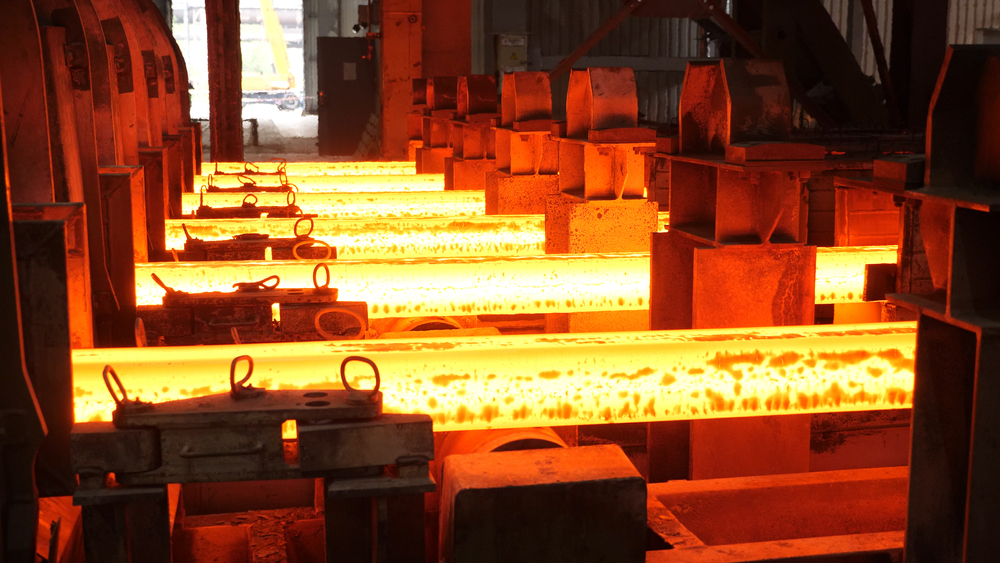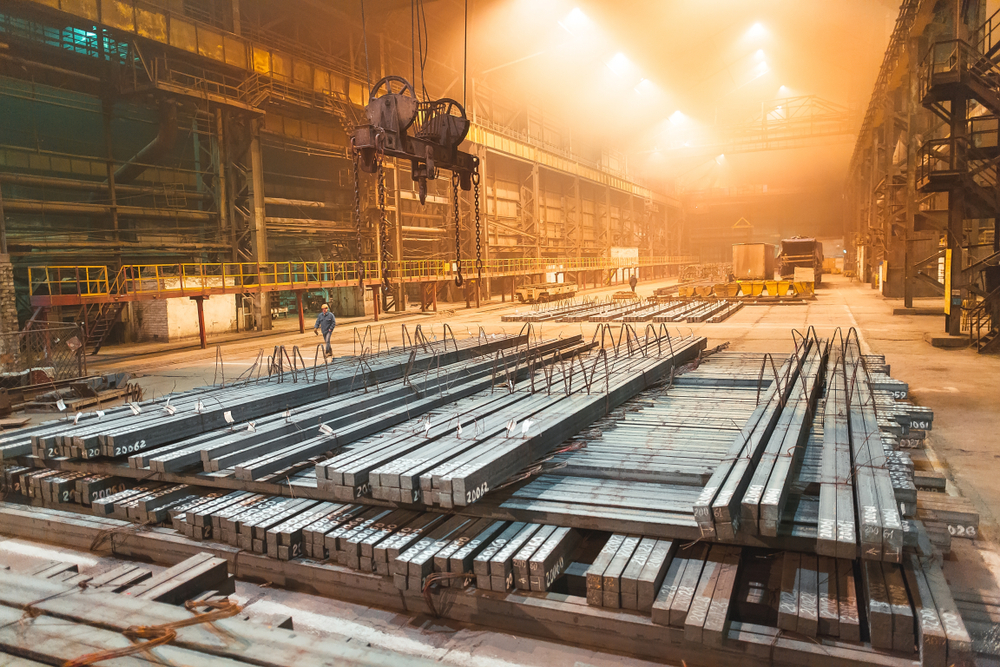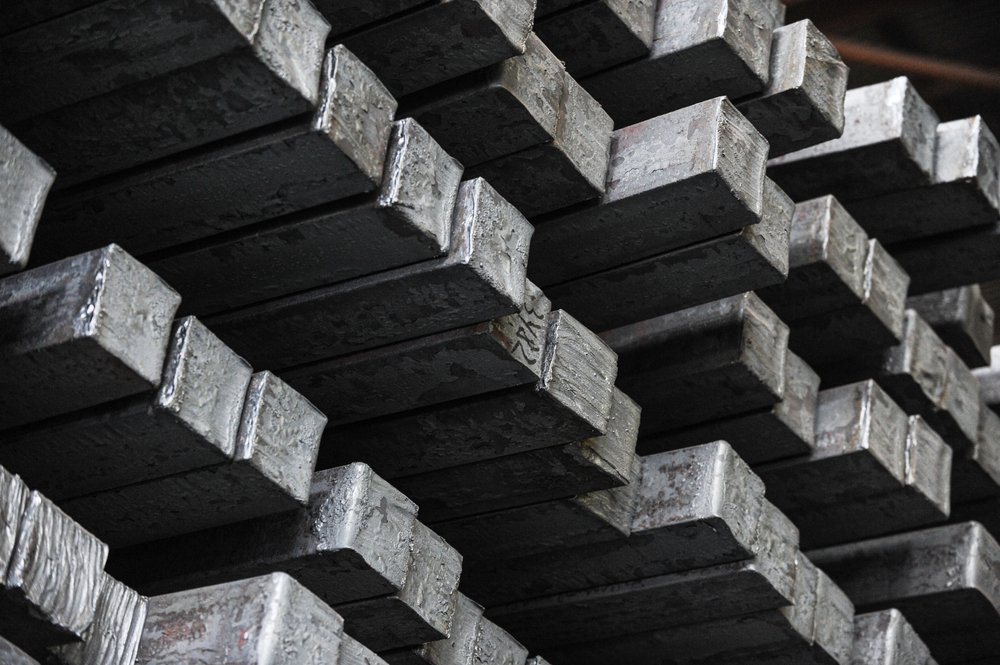Mild Carbon Billets
Plain-Carbon steel, commonly known as Mild steel, is the most typical form of steel because of its relatively low price while it provides additional metal properties more so than iron that are acceptable for most of applications. Low-carbon steel contains approximately 0.05–0.320% carbon making it supple and ductile. Mild steel has a relatively low malleable strength, but it is economical and easy to formulate; surface toughness can be increased through carburizing.
Mild steel is frequently used when large quantities of steel are needed, for example as structural steel. The density of mild steel is approximately 7.85 g/cm3 (7850 kg/m3 or 0.284 lb/in3) and the Young’s modulus is 210 GPa (30,000,000 psi)
Mild-carbon steels undergo from yield-point run out where the material has two yield points. The upper yield point is higher than the second and the yield drops dramatically after the upper yield point. If a low-carbon steel is not stressed throughout between the upper and lower yield point then the surface may develop Lüder bands. Low-carbon steelsare easier to cold-form, as they contain less carbon than other steels, making them easier to handle.



